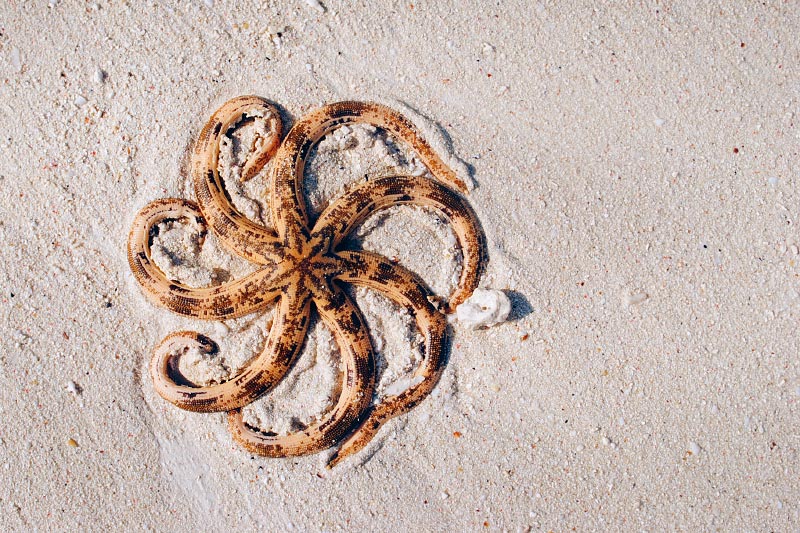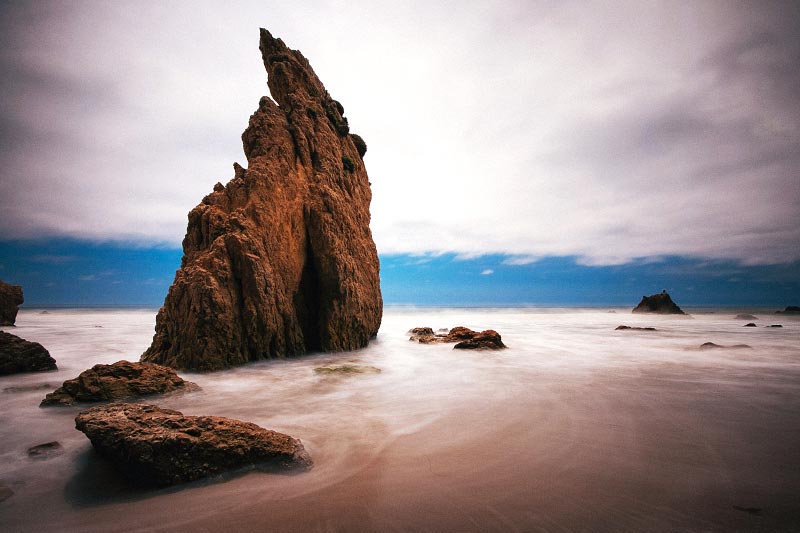Marathon to Athens: Soros

As I made my way down Marathonomáchon road, named after the historic Battle of Marathon that took place 2,500 years ago, I envisioned the events of that day. Upon reaching the junction, I veered right and arrived at the Marathon Archaeological Site’s carpark. Positioned to the left of the entrance stood a bronze statue of Miltiades, the Greek commander who led his army to victory. The archaeological site contained the tumulus, also known as ‘Soros,’ where the fallen Marathon warriors were buried.
The battle occurred in 490 BC when the Persian army, consisting of 25,000 infantry and 1,000 cavalry, arrived on the shores of Bay of Marathon. The Athenian army, supported by 1,000 Plataeans, stood ready with 9,000 troops. Despite the Persians’ numerical advantage, their cavalry did not show up on the day of the battle. The Athenians took advantage of this and attacked, forming a phalanx formation and armed with thrusting spears, wooden shields covered in bronze, and short swords.
The Athenians charged towards the Persian army, closing the gap of one mile between them. The Persians’ flanks crumbled under the Athenians’ attack, causing the archers to be vulnerable with no armor or shields. Although the center of the Athenian formation was weaker, the Persians were slowed down by the vegetation and exposed to Athenian archers for longer, giving the Athenians the chance to turn and attack the Persian center.
After the battle, the Athenians buried their fallen soldiers in a tumulus, and their families dedicated black-figure vases to them. The journey around the tumulus was a circular route, and I continued along the straight and flat section of the main road for the next 2 miles.
Want to join this challenge? Click here.
More from the Marathon to Athens Challenge:







Keep In Touch